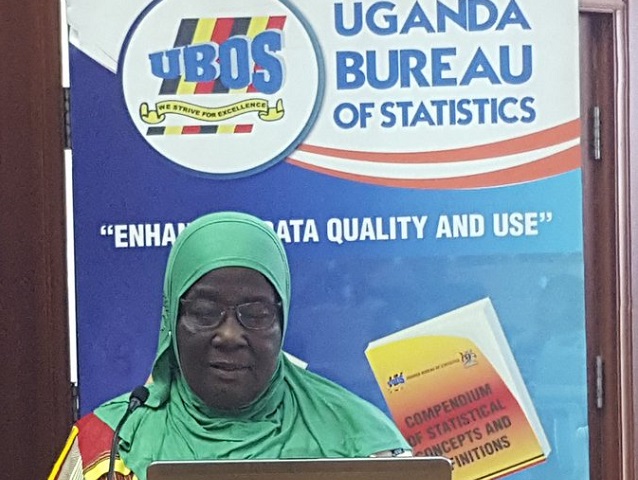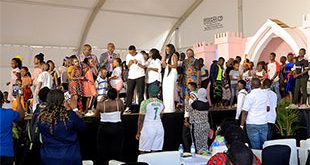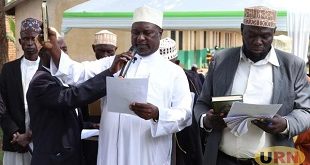
Kampala, Uganda | THE INDEPENDENT | A report analysing women issues by Uganda Bureau of Statistics (UBOS) indicates that there has been an increase in unemployment among women in Uganda.
Titled Gender Issues in Uganda: An analysis of gender-based violence, asset ownership and employment, the report was done in partnership with Makerere Economic Policy Research Centre, UN women, Civil Societies Budgeting Advocacy Group (CSBAG) and Ministry of Gender.
The report is based on data of Uganda Nation Household Surveys of 2012/13 and 2016/17.
Presenting the report findings, Dr Madina Guloba, a senior research fellow at Economic Policy Research Centre said as unemployment among men reduced, unemployment among women went up.
Unemployment among women increased from 8.9 percent in 2012 to 13.2 percent in 2017 while among men, unemployment decreased from 6.4 percent to 5.8 percent during the same period.
“The higher unemployment for women alludes to either skills gap, low education attainment or limited opportunities in the job market,” Dr Guloba said.
The Minister of Gender, Labour and Social Development, Janet Mukwaya says private employers tend to favour employing men because of constant productivity, unlike women whose productivity go down when they are pregnant. She said government has been talking to private employers, urging them to appreciate women’s reproductive roles.
But she also says women need to balance reproductive and employment roles if they are to keep pace with men in the labour market.
The report points to increased asset ownership among women. More women own houses, household furniture, agriculture land and mobile phones, the report says.
“Ownership of houses by men stood at 31 percent compared to 28 percent of women in 2016/17. There is a great decrease in house ownership by men from 59 percent in 2012/13 to 31 percent in 2016/17. Joint house ownership on the other side increased from 25 percent to 41 percent,” the report says.
The report says, agriculture land ownership by men at household level nearly halved from 62 percent in 2012/13 to 34 percent in 2016/17. “The increase in ownership of agricultural land by the women contributes to a reduction in sexual and physical abuse and later increase in quality of life.”
******
URN
 The Independent Uganda: You get the Truth we Pay the Price
The Independent Uganda: You get the Truth we Pay the Price



